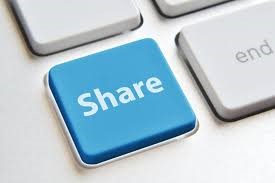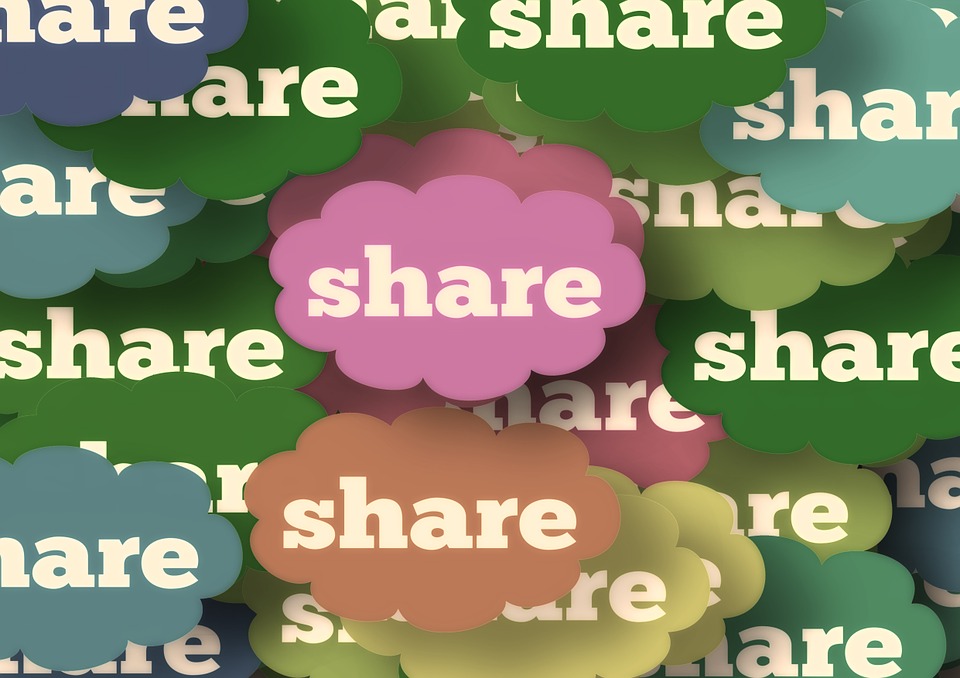I can’t tell you the number of times I’ve heard a CEO say, “We need to create a viral video” or “I want our posts to get thousands of likes!” Just whip up a video that will take YouTube by storm, generate millions of views and create crazy buzz for the company. Ah, if it were only that easy. What most C-level folks don’t understand is that whipping up the cocktail of shareable content takes time, resources, money and, most importantly, smart thinking.
In the world of snaps, blogs, tweets, shares, YouTubes, Instas, and Pins, the bar is high for creating interesting, meaningful content that people want to consume and share. I recently wrote about lean scaling and how to think differently about growing your brand on a shoestring. A big part of lean scaling is earned media – meaning that tweet or share that someone made about your brand that you didn’t pay for – and having shareworthy content is a big part of your earned media strategy. So, how do you create shareworthy content?
Let’s start with the science. I recently read an article on the science of shareable content, which talks about the psychology of sharing. A big part of our job as brand strategists, storytellers, and marketers is getting into the heads of consumers and understanding what their levers are for actions we want them to take.
The place I always start with my clients and their brand and content strategy is with the consumer and with the “Why”. Why is someone interested in your brand? Why does someone want to read your content? Most brands jump to the “what”. All of your patents and big data and innovative and unique blah blah blah are not why people engage with your brand. They engage on an emotional level, something most brands fail to achieve. Your content needs to get emotional and find the Why. That is the key to brand differentiation.
In the deluge of content, how will your brand rise above and help you grow organically?
The Top 5 Ways to Create Shareable Content
1. It Helps Us Stay Connected
Why do we share content? The data says the biggest driver is relationships. It’s about people expressing who they are, growing connections with other people, feeling useful and more involved, and spreading the word about specific causes.
Remember what I said about finding the Why? Marketers must think about how their content can help people create and build relationships, and relationships are built on trust and emotion. One of my motivators for sharing content is passing on interesting information to my friends.
I recently read an article on Facebook about what I call The Olive Oil Epidemic, a/k/a all of the fake olive oils on the market. The saddest part was that several of them were in my pantry. Sharing this content helped me make my friends aware of this scam and I feel useful for sharing what I know. I also love sharing videos or articles that I know certain people in my life will find funny. Like the best mom parody video, Company is Coming, for my fellow OCD moms.
Sharing these videos with my friends makes me feel like I am staying in touch with them and connecting with them. Content has the power to build relationships and a content strategy tat hits on that emotion, can help make that happen.
2. It Makes Us Feel Good
The author of the book Contagious, Jonah Berger, and co-author Katy Milkman looked at 7,000 articles published at The New York Times to see which ones got the most views and social shares and why. They found that stories that were positive in nature were more likely to be shared and go viral.
This finding surprised me. Apparently, our negativity bias can be overcome and people have a higher likelihood of sharing if the content is positive in nature. NPR does a great job of this on their Facebook page, using positive words like “wacky”, “greatest”, “super”, “highest”, “top 10”, and more.
I think it would be a great test to take the same content and test two headlines – one negative and one positive – and see what happens. Thinking about how to craft positive, helpful stories that makes people feel good is another way to create shareworthy content.
3. It Surprises and Delights
The best example of surprise and delight is the Chewbacca Mom video. I could watch this video over and over. One of my friends shared it on Facebook. I watched it. I was laughing so hard I was crying. Then I watched it with my kids. And then I shared it with my friends on Facebook. Then I watched it again. The surprise and delight factor was at an all time high. I didn’t know what was going to happen, so I had to keep watching. The mask, her laugh, and the pure joy she was experiencing had me in tears.
 Content like this is tough for brands to authentically create. It is the holy grail of authentic customer-generated content. The Chewbacca mom had just bought her mask at Kohls and mentioned that in the video. In an instant, Kohls was linked to this explosive YouTube video and millions of people wanting a Chewy mask. Kohls could have laughed and moved on. Instead, they moved fast and took full advantage of the situation. They made the video a conversation and kept it going. Their senior marketing VP and said that they have seen record social engagement from the video series and it’s because they have a two-way conversation with customers on social media all the time.
Content like this is tough for brands to authentically create. It is the holy grail of authentic customer-generated content. The Chewbacca mom had just bought her mask at Kohls and mentioned that in the video. In an instant, Kohls was linked to this explosive YouTube video and millions of people wanting a Chewy mask. Kohls could have laughed and moved on. Instead, they moved fast and took full advantage of the situation. They made the video a conversation and kept it going. Their senior marketing VP and said that they have seen record social engagement from the video series and it’s because they have a two-way conversation with customers on social media all the time.
Way to go, Kohls and an important lesson for all brands as to the power of customer focus.
4. It Triggers Strong Emotions
Studies continue to show that content that pulls at the heart strings and triggers strong emotions is shared at a much higher rate.
All of the social media content surrounding the Stanford rape case is a great example of strong emotions. According to Buzzfeed, the victim’s powerful letter that was shared as a Buzzfeed post went viral almost immediately, with more than 11M views in four days. The most interesting statistic is that the majority of views were from social word of mouth, meaning that for every person who shared it, 12 more people saw it. That’s a 12x lift from social alone.
Think about how your content can connect with how someone feels. I watch too many brands post stuff like: “Hey look at our CEO on this list” or “Hey check out our new product launch.” Remember, snoozefest. What if, instead, it was: “What you didn’t know about XYZ CEO revealed” or “The top three reasons you’ll thank us for launching XYZ product.”
I know you have an agenda, and numbers, and goals to meet, but pushing your product and talking at people is not authentic. Give your content the “Do I really care?” test and rethink how and what you publish to trigger that emotional connection.
5. It Fulfills and Defines Who We Are
Think about the content you share via your personal social channels. What does it say about you? More research here says that we tend to picture our “ideal self” in our minds and share information that helps fulfill that.
Your content helps people share something they aspire to be or do or say or feel. For example, political content is all the rage on Facebook and Twitter right now. I have a handful of people I follow that are super-vocal supporters of a few of the candidates. They see themselves in these people and the candidates help to define who they are as a person.
I tend to share lots of Fast Company, Forbes and NPR content (along with Chewbacca and OCD mom videos!), which helps fulfill my constant quest for knowledge and learning new things. When I learn something new, I like to share that knowledge with other people. It’s part of what makes me happy and defines me in some way as I pay what I learn forward. Again, psychology at play and getting into the mind of your customer and understanding how they define who they are will help you create content that they can connect with and share.
How are you creating shareworthy content? I’d love to hear from you!


